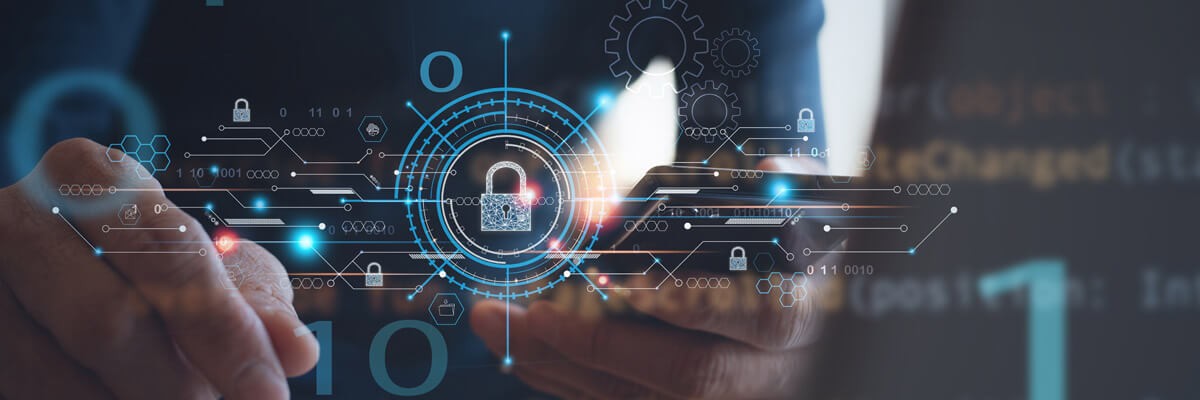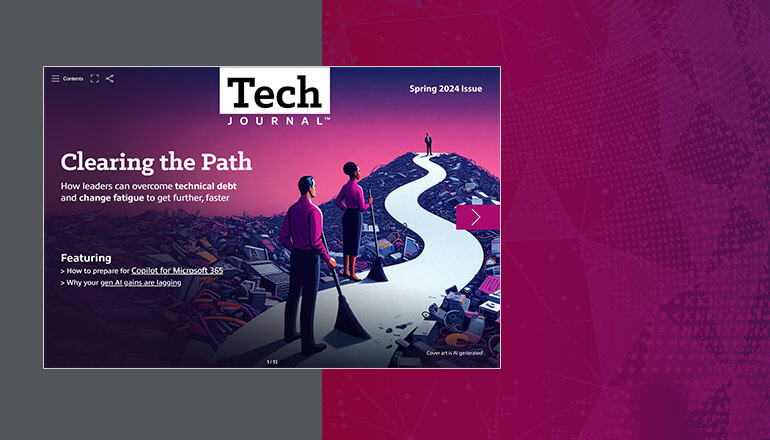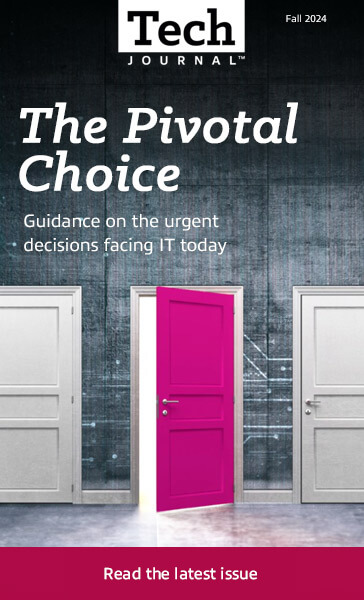Ransomware is one of the largest threats on the web today, and the attacks are constantly evolving. With double extortion, triple extortion and Ransomware as a Service (RaaS) attacks expanding, it’s crucial that organizations of all kinds take appropriate steps to defend data and systems.
Ransomware is a form of malicious software, or malware, designed to encrypt files within a device, rendering the files, systems and/or network unusable. Cybercriminals will demand a ransom payment in exchange for the decryption code. However, paying the ransom is an ill-advised solution, as victims rarely recover their stolen data in full.
Because its cost is low but profit margin is high, ransomware has become a favorite tactic of cybercriminals. Many major attacks are run by organized ransomware gangs — many of whom are currently attempting to gain acceptance as legitimate enterprises. According to the October 2021 Microsoft Digital Defense Report, the publicly reported profits from ransomware and extortion attacks gives attackers a budget that would likely rival the budgets of nation-state attack organizations.
The growing threat of ransomware cannot be overstated. In fact, in June of 2021, Reuters reported that the U.S. Department of Justice is elevating investigations of ransomware attacks to a similar priority as terrorism in the wake of the May 2021 Colonial Pipeline hack — an attack that also led to personal information being stolen.
Organizations are feeling the effects of ransomware fear. According to Gartner, the threat of “new ransomware models” was the top concern facing executives in the third quarter of 2021. For government agencies, ransomware carries an additional threat, as state-sponsored hackers are using ransomware to disguise more nefarious attacks in efforts to disrupt services.
And, though we hate to expand on an already unfortunate topic, the truth of the matter is that ransomware is evolving to keep up with changes in the way we do business. Having the right preventive and protective tools in place is no longer a desirable addition to your cybersecurity docket — it’s a crucial need.
Let’s look at several evolutionary models and explore security solutions to keep your systems secure.
The rise and evolution of ransomware
As data protection and backup tools improved, traditional ransomware tactics became less and less effective. When an organization has a backup of their locked data, there’s no need to pay the recovery ransom. So, cybercriminals have grown more creative.
Enter double extortion ransomware. In this model, data and files are rendered unusable and a ransom is requested, but hackers make an additional threat. If the ransom isn’t paid, they’ll leak the stolen data to the public. This not only hinders the ability to do business and provide services, it also endangers employees, students, customers and constituents.
Taking that additional threat one step further is triple extortion ransomware, which exacts a double extortion model on an organization, then demands ransom from the customers whose information has been stolen. Healthcare organizations are a major target for triple extortion, as hackers steal patient data and then make ransom demands of the patients themselves. The implications for the military and government agencies are particularly distressing.
And, the latest evolution, Ransomware as a Service (RaaS), is pay-for-use malware. Similar to software developers offering Software as a Service (SaaS), ransomware developers will lease pre-developed malicious variants to customers, allowing these “affiliates” to implement ransomware attacks.
A major threat of this new model is that anyone, at any skill level, can execute a ransomware attack by leasing this service. In the past, high-level attacks required skilled hackers, but that qualification is so longer necessary. This development is sure to lead to a significant rise in ransomware attacks, making sophisticated security more important than ever before.
How can you protect against ransomware?
Prevention is key for these emerging methods. Additional security solutions, such as enhanced endpoint protection, threat monitoring and alert tools, and preemptive employee education are crucial in today’s landscape. With the right preparation, you can minimize your vulnerability to double extortion tactics.
Key preventative measures include:
- Regular system updates
- Advanced email phishing protection
- Strong Identity and Access Management (IAM) security
- Restricted permissions and limited network access
- Automated, secure data backup tools
Growing threats and evolving tactics make cybersecurity a daunting task. A technology partner can help maintain your security solutions, ensure that you have the latest software in place, and keep you well-informed on ransomware changes.
Cybersecurity experts on your side
With a technology partner like Insight, you’ll have a team of dedicated experts to guide you through data protection changes and provide leading solutions for protecting your data. Our deep catalog of trusted solutions for encryption, access, tokenization and more will help keep your most critical information protected, compliant and uncorrupted.
At Insight, our experts help guide you each step of the way, and our deep partnerships with leading brands provide a robust catalog of security solutions to protect your business. Our skilled team will help find, deploy and manage customized services that keep your data, endpoints and users safe, giving you peace of mind to do business more confidently.








